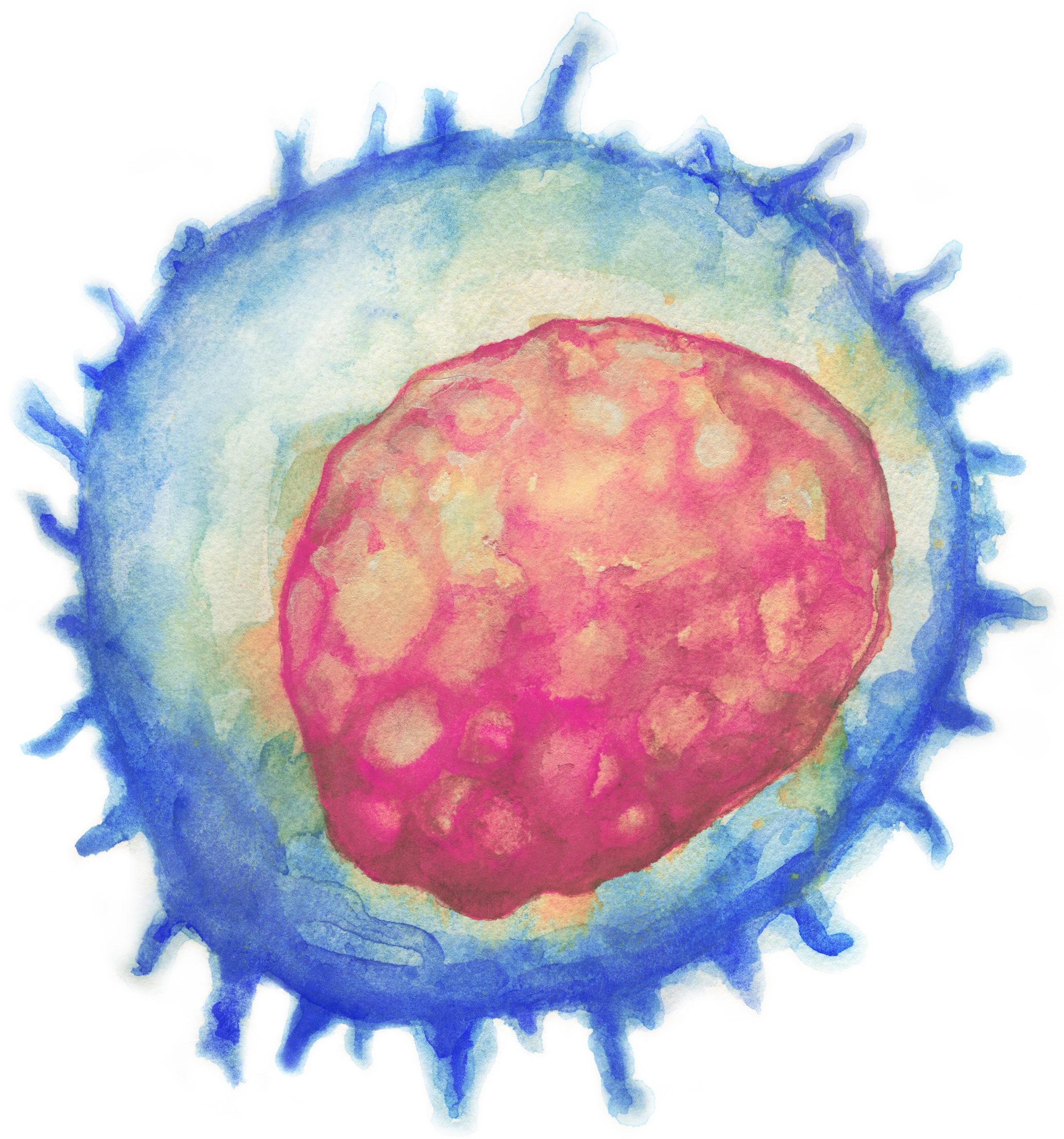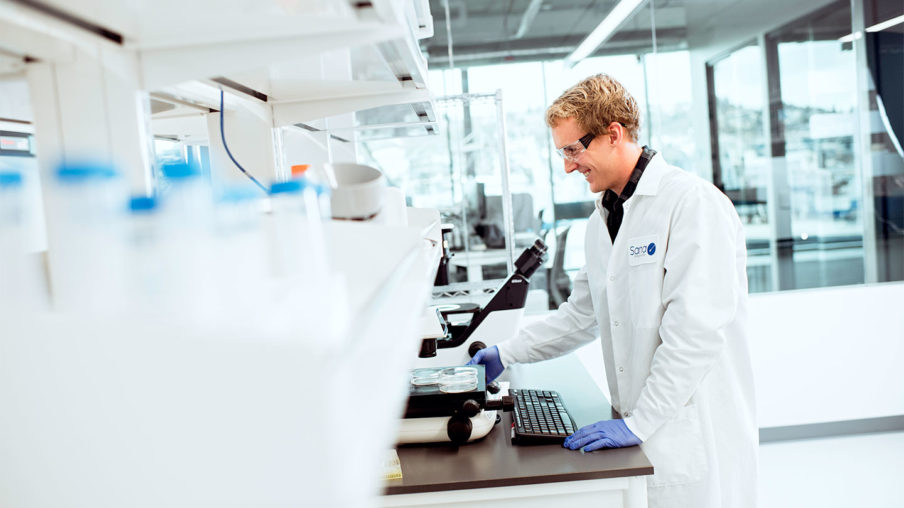
Scientists have made tremendous progress over the past decade in understanding how to modulate genes and use them now to make transformative medicines. The first wave of these transformative medicines has recently launched or is on pace to reach patients soon. However, the field is still in its infancy.
Assembling the right technologies is key to opening up therapeutic opportunities ranging from rare diseases caused by a single genetic mutation to acquired diseases that affect millions.
In our work, three aspirations guide us:
Imagine a world in which it is possible to provide engineered allogeneic CAR T cells to cure patients with B-cell mediated autoimmune diseases and B-cell malignancies or replace pancreatic islet cells in patients with type 1 diabetes.
Differentiating stem cells into clinically needed cell types has the potential to transform the way we treat a host of diseases. Cell replacement therapy offers the opportunity to turn this vision into a reality.
The key challenges in the field are making the appropriate cells at scale and then having them engraft, function, and persist. Making impactful medicines in this field requires success in all of these components.
We view the most challenging barrier to be overcoming immune rejection from transplanting a ‘non-self’ cell. Sana has assembled a team of leaders in this area, and successful development of this capability will make cellular therapy products widely accessible.
Imagine a world in which it is possible to cure genetically inherited diseases and modify genes to create better therapeutics for acquired diseases. Sana’s in vivo Cell Engineering platform aims to provide solutions for patients that current gene therapies cannot address. Success will require creative science, experienced product and clinical development strategies, and aggregating important technologies.
Successful in vivo Cell Engineering relies on three core components – delivery, gene modification, and execution.


